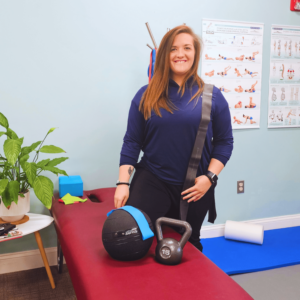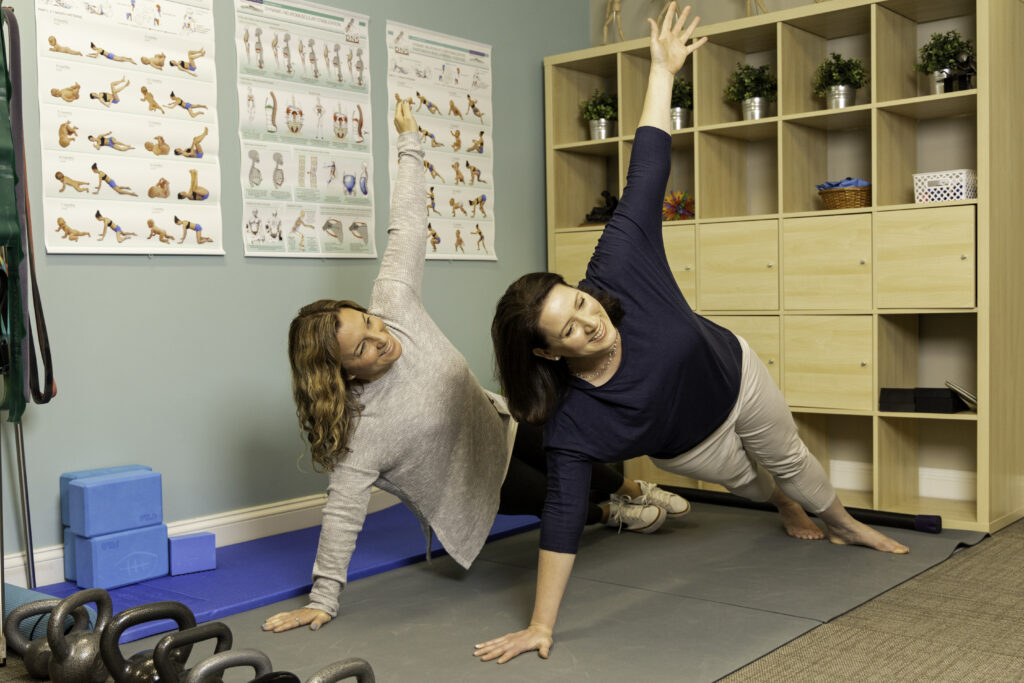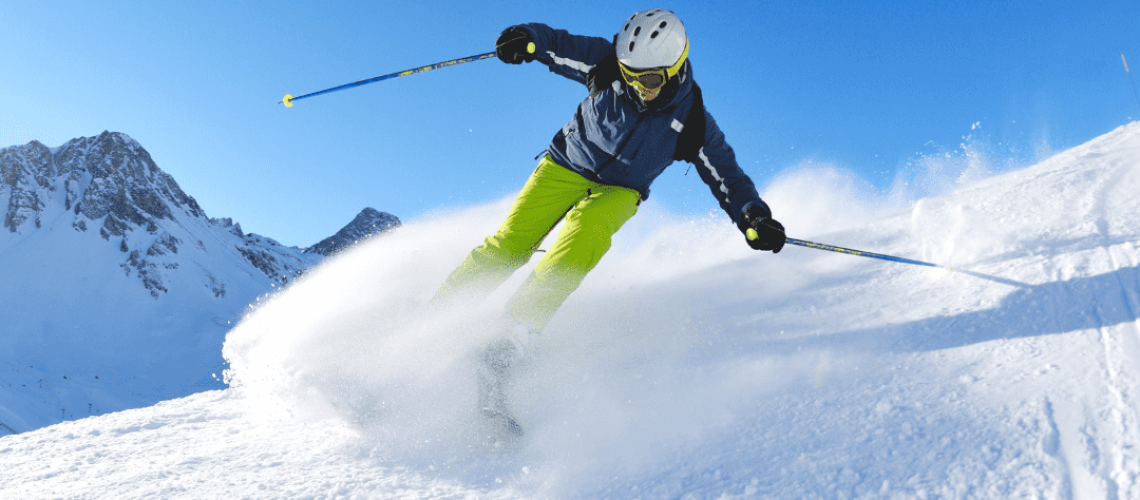When snow, ice, and frigid weather blast into town, watch out for injuries. Winter recreational activities and chores can pose problems for the outdoor enthusiast whose body is not conditioned.
Winter sports like skating, skiing, and sledding can cause painful muscle spasms, strains, or tears if you’re out of shape. Even shoveling snow the wrong way, clambering awkwardly over snow banks, slipping on sidewalks, and wearing the wrong kinds of clothing can lead to spasms, strains, and sprains.
Simply walking outside in the freezing weather without layers of warm clothing can intensify older joint problems and cause pain. As muscles and blood vessels contract to conserve the body’s heat, the blood supply to extremities is reduced. This lowers the functional capacity of many muscles, particularly among the physically unfit.
Preparation for an outdoor winter activity, including conditioning areas of the body that are most vulnerable, can help to avoid injury and costly health care bills.
Warm Up
Simply put, warming up is essential. When pressed for time, it’s better to shorten the length of your workout and maintain a good warm-up than to skip it and dive right into the workout. You can complete a good warm-up in 15-20 minutes, and it will make your workout more pleasant and safe. ACA suggests that when:
• Skiing, do 10 to 15 squats. Stand with your legs shoulder width apart, knees aligned over your feet. Slowly lower your buttocks as you bend your knees over your feet. Stand up straight again. It’s a good idea to wear layers because you may be going from a cold environment (outdoors) to a warm environment (indoors).
• Skating, doing several lunges. Take a moderately advanced step with one foot. Let your back knee come down to the floor while keeping your shoulders in position over your hips. Repeat the process with your other foot.
• Sledding/tobogganing, do knee-to-chest stretches to fight compression injuries caused by repetitive bouncing over the snow. While either sitting or lying on your back, pull your knees to your chest and hold for up to 30 seconds.
Don’t forget cool-down stretching for all of these sports. At the bottom of the sledding hill, for instance, before trudging back up, do some more knee-to-chest stretches or repetitive squatting movements to restore flexibility.
Shoveling Snow
Shoveling snow can also wreak havoc on the musculoskeletal system. ACA suggests the following tips for exercise of the snow shoveling variety:
• If you must shovel snow, be careful. Listen to weather forecasts so you can rise early and have time to shovel before work.
• Layer clothing to keep your muscles warm and flexible.
• Shoveling can strain “deconditioned” muscles between your shoulders, in your upper back, lower back, buttocks and legs. So do some warm-up stretching before you grab that shovel.
• When you shovel, push the snow straight ahead (don’t try to throw it). Walk it to the snow bank. Avoid sudden twisting and turning motions.
• Bend your knees to lift when shoveling. Let the muscles of your legs and arms do the work, not your back. • Take frequent rest breaks to take the strain off your muscles. A fatigued body asks for injury.
• Stop if you feel chest pain, get really tired, or have shortness of breath. You may need emergency assistance.
Source: www.ACAToday.org





